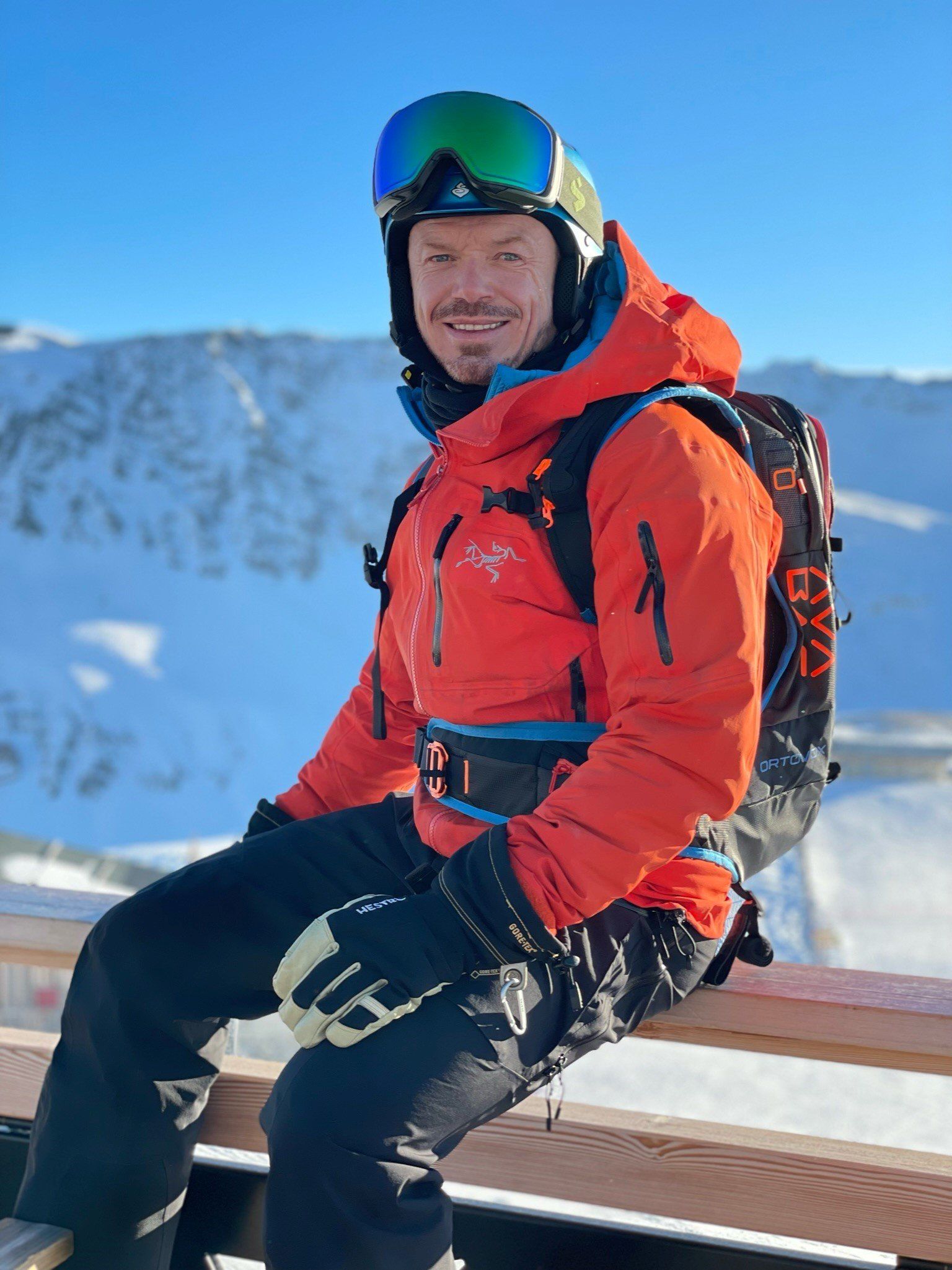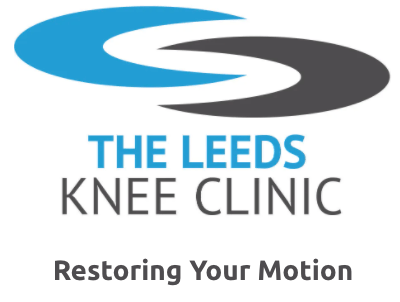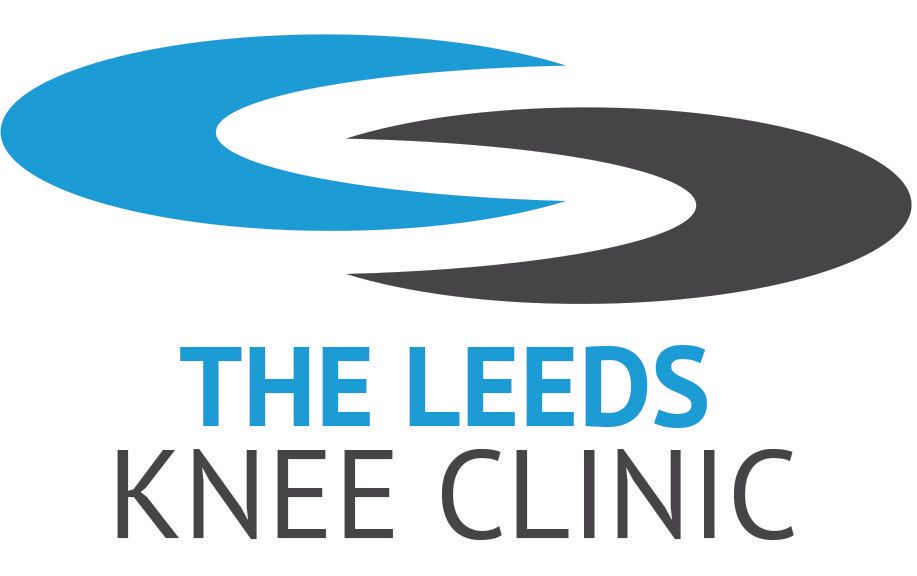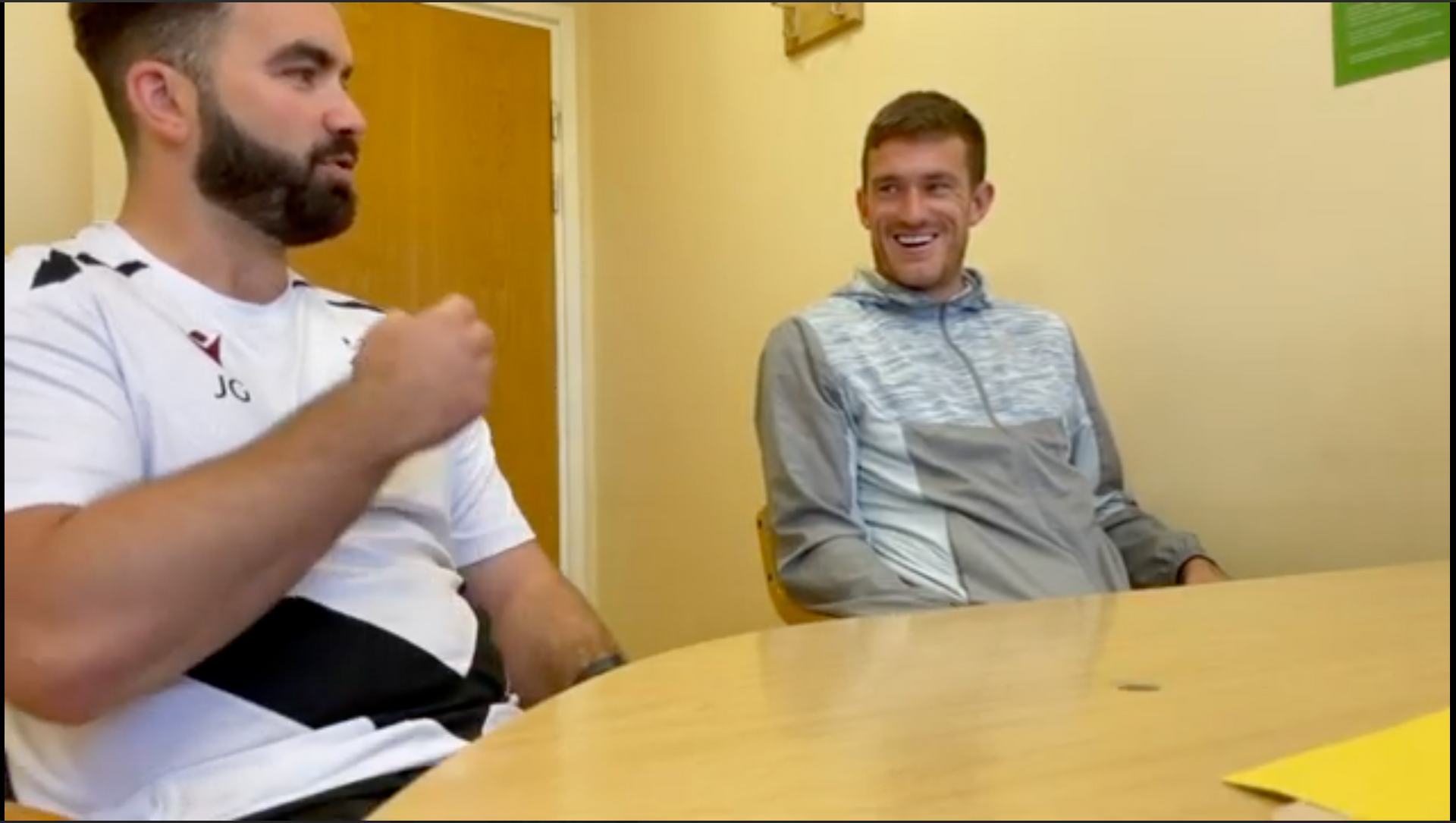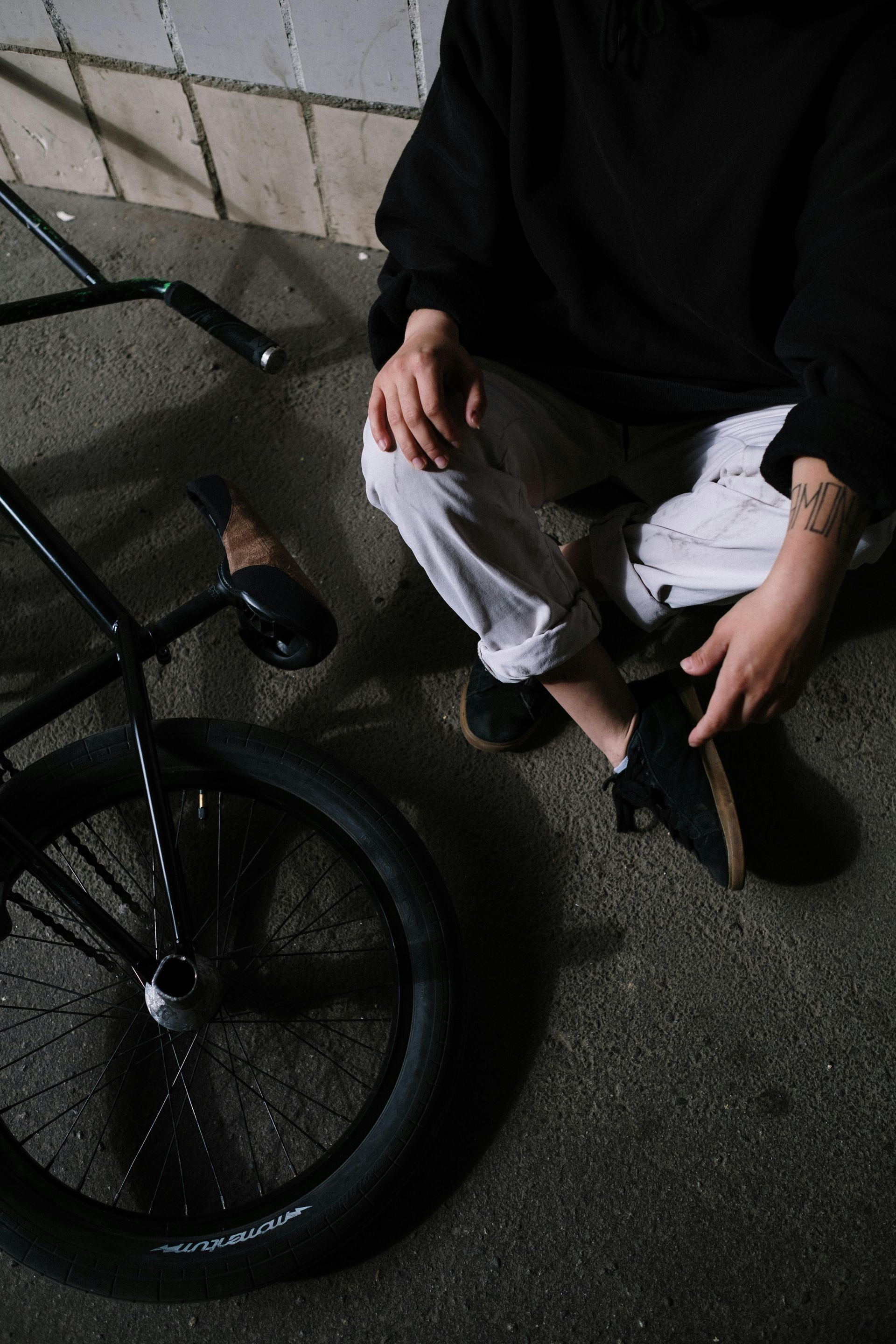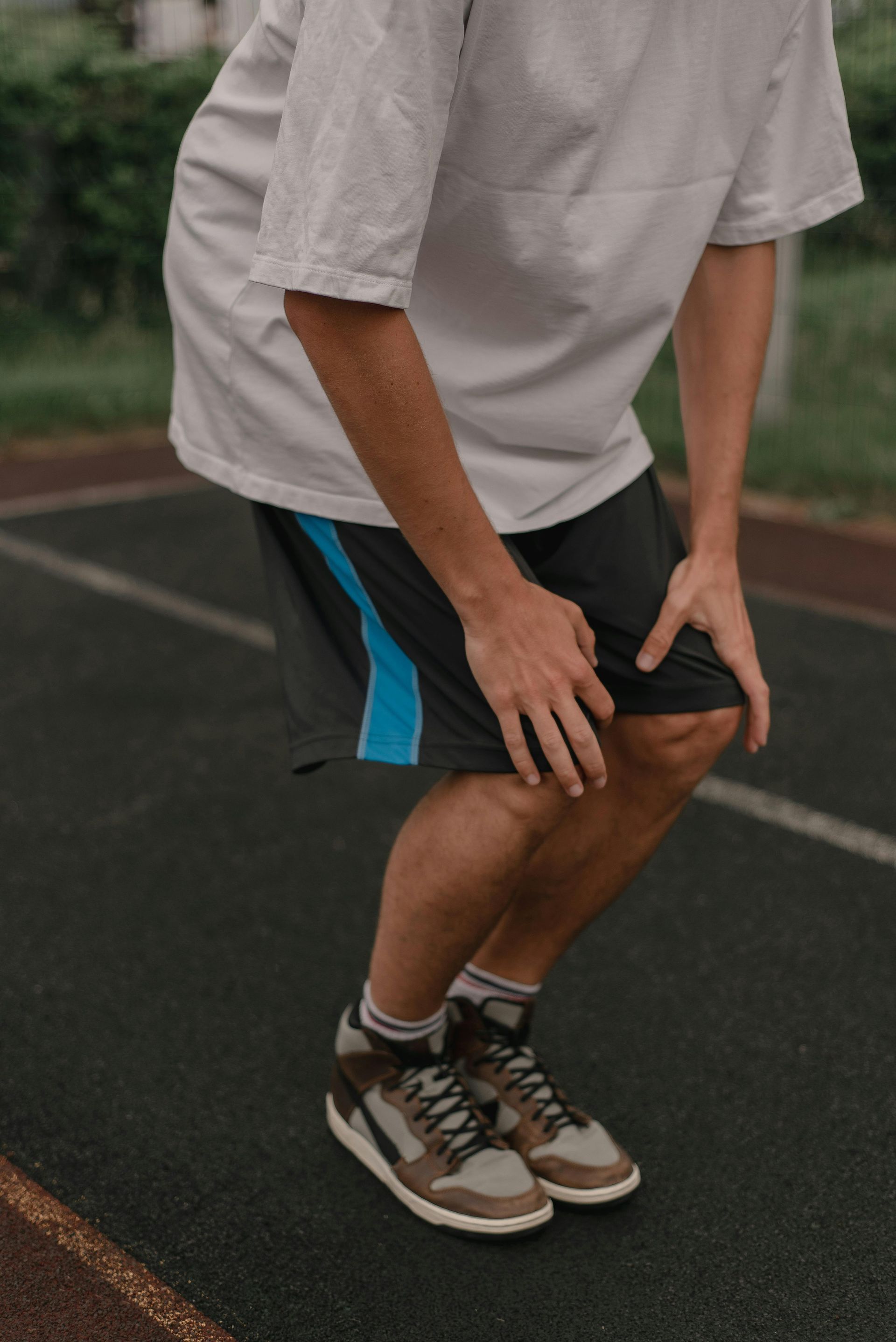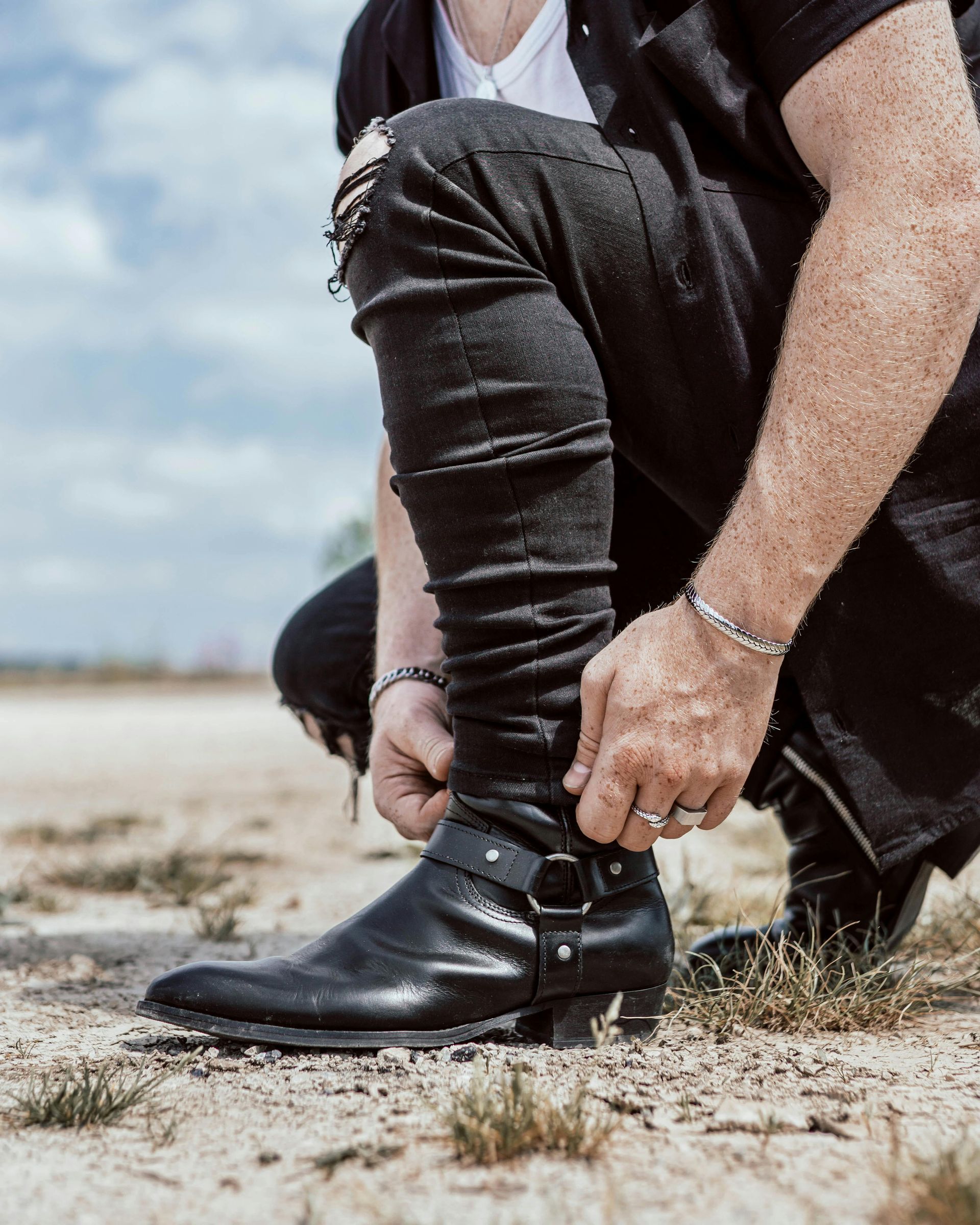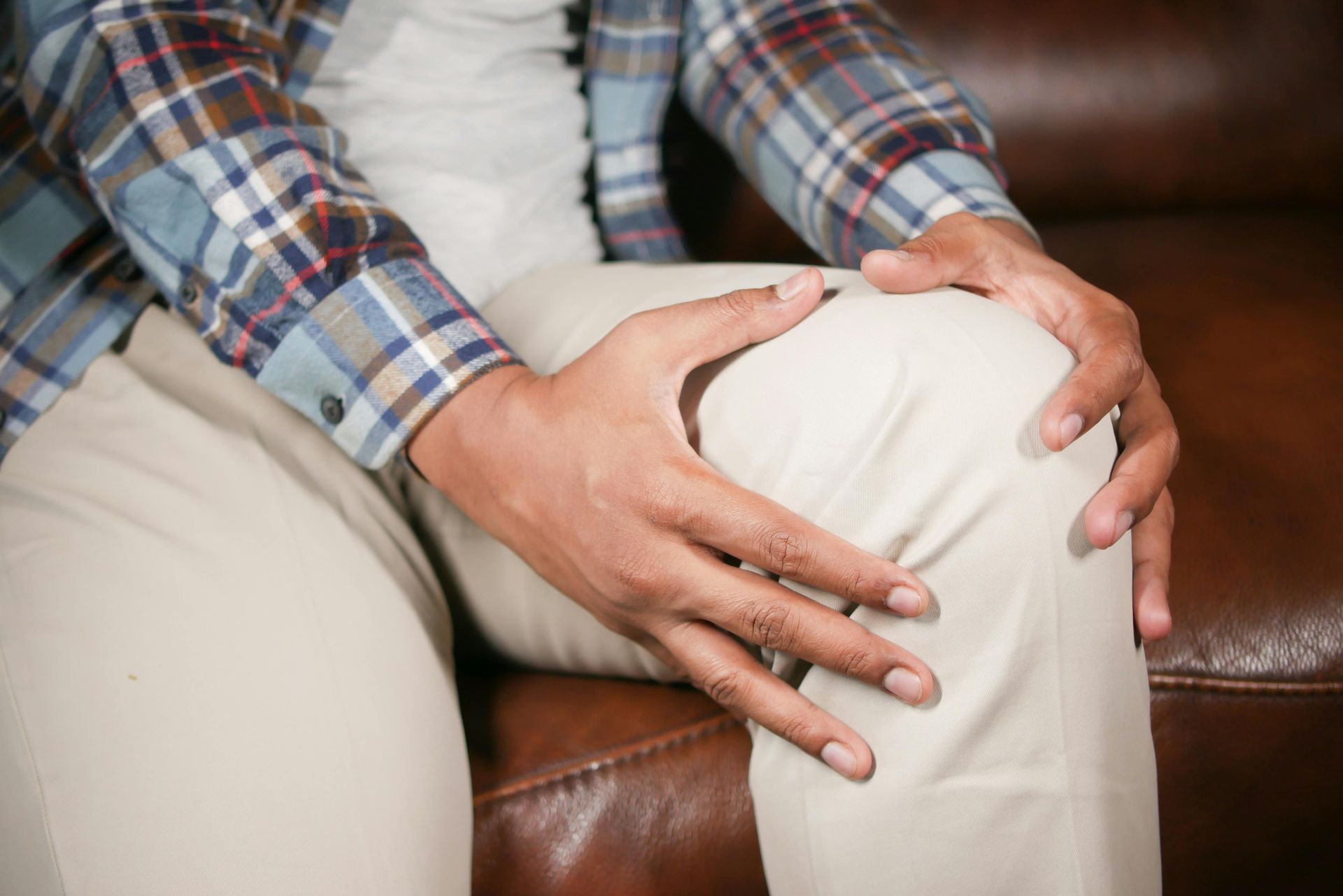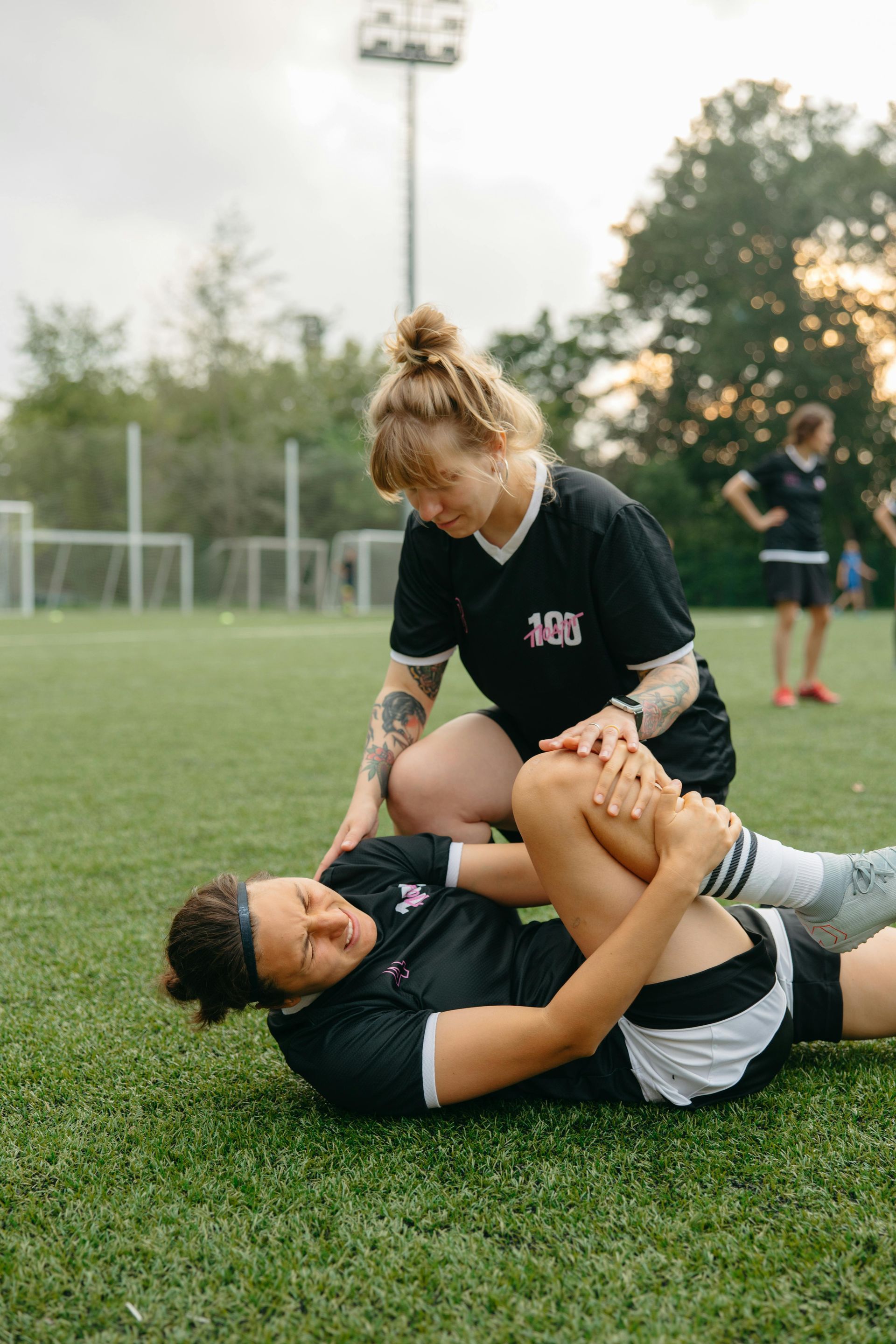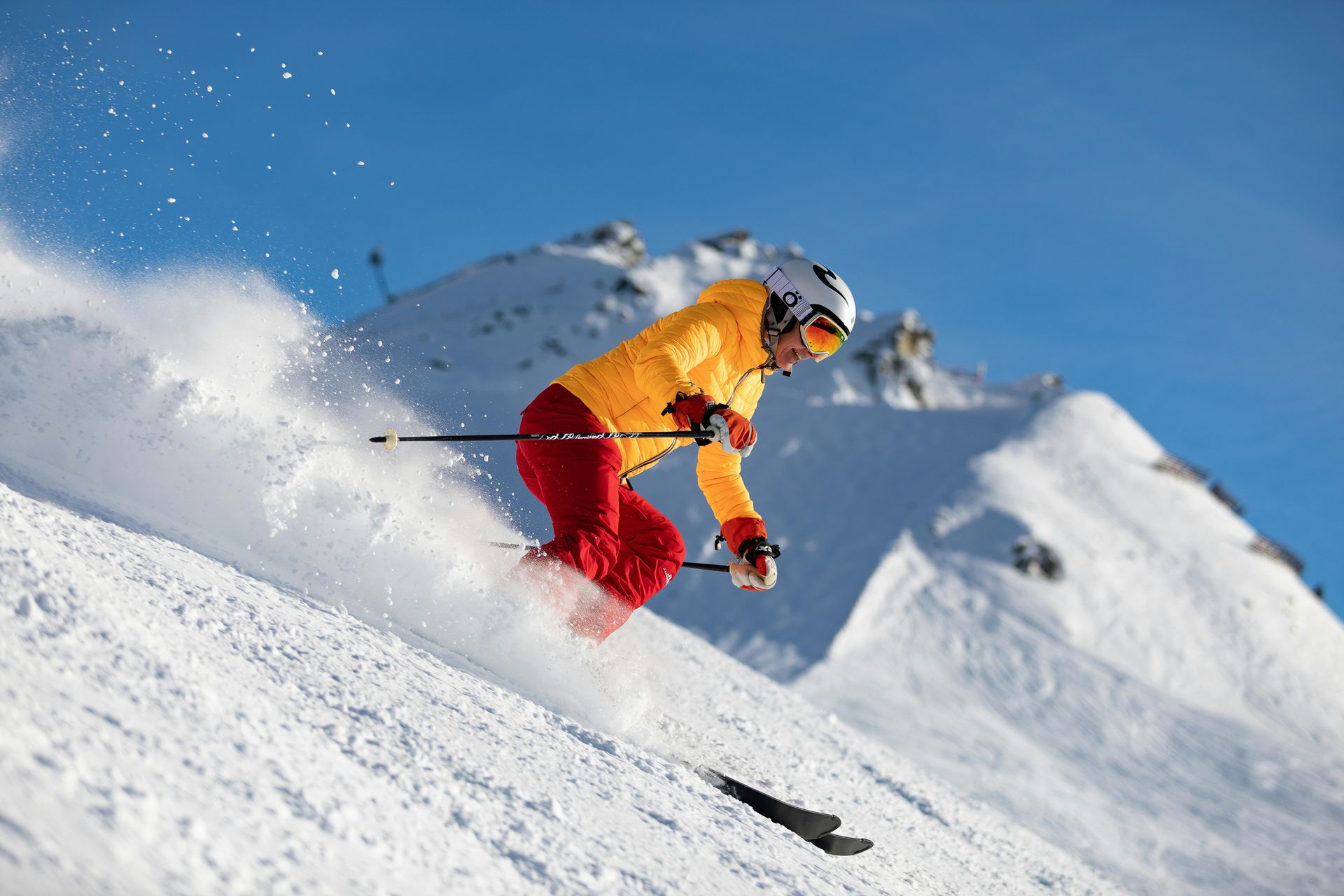Knees Up For Ski Season
Whether you are a keen skier or just enjoy the cold, crisp, clean outdoor air that winter resorts can provide and prefer to indulge in the après-ski activities, having optimal knee joint health will help you enjoy yourself to your full potential. You may also like to try other winter activities such as snowshoeing, hiking, and climbing. To minimise your risk of injury or the risk of exacerbating existing knee niggles it is helpful to consider the following advice before you embark…
Whatever activities you plan to do, try to undertake a six to eight-week plan of specific strengthening and conditioning work for the muscles of the legs before you go and develop your gluteus muscle power. This muscle group is the biggest and most powerful in the body and really helps co-ordination. Concentrate on quadricep/hamstring strength aiming for balance between each muscle group. Develop calf and lower leg muscle conditioning using wobble boards or balance balls and work on joint flexibility and tendon stretching for the hip, knee, and ankle joints. The complex arrangements of the four major knee ligaments provides significant signalling to the brain to maintain balance thus plyometric exercises can enhance this feedback and “strengthen” the ability of the individual to avoid knee problems. Many gyms now offer specific pre-ski exercise classes where these conditioning exercises are taught, supervised, and encouraged.
If you are a skiier, whether you are experienced or not, be honest with yourself about your ability. Everyone likes to tell and hear stories of daring-do and crazy skiing exploits – these stories become legend and pass from generation to generation – but unless you are honest about your true ability you may find yourself getting out of your depth extremely quickly, potentially resulting in serious problems for your knees. If you are hiring ski equipment, go to a five-star rated hire centre where the equipment will be new and well maintained.
The last few years has witnessed an increasing number of skiers suffering “double ligament” knee injuries because of incorrectly adjusted ski bindings not releasing the skier beyond the limit of their ability. These injuries require a significant amount of rehabilitation and often surgery to provide long term stability. If you enjoy skiing adventures, and love to explore off-piste, hire an off-piste guide. Not only will you be supporting the local economy, but you will also be minimising your risk of knee injury. Your guide will not only know where all the best conditions are, thus giving you a fantastic experience, but will probably also have great “lift chat” (I speak from personal experience).
If you are not a skier and want to instead explore the natural wildlife at a more sedentary pace via snowshoeing or hiking, ensure you have well-fitted equipment, sturdy boots with outdoor soles and most importantly, when on snow, have two hiking poles. These will help you traverse slippery surfaces and help you prevent innocuous twists to the knees.
If you are unfortunate enough to suffer a knee injury while undertaking activities, or suffer an exacerbation of an existing knee condition, remember to apply the basic principles of first aid. Extend the joint if you can, apply ice and compression bandaging, keep weight bearing to a minimum and seek an expert opinion. The important point to remember is to rest and upon your return seek expert clinical assessment and treatment so that you can return to an active lifestyle as soon as possible.
